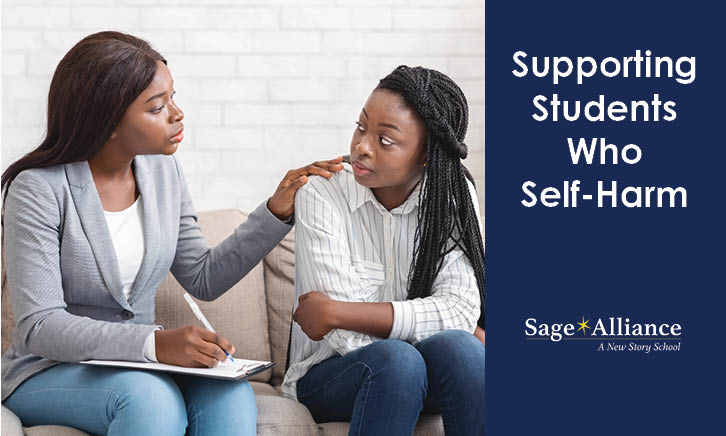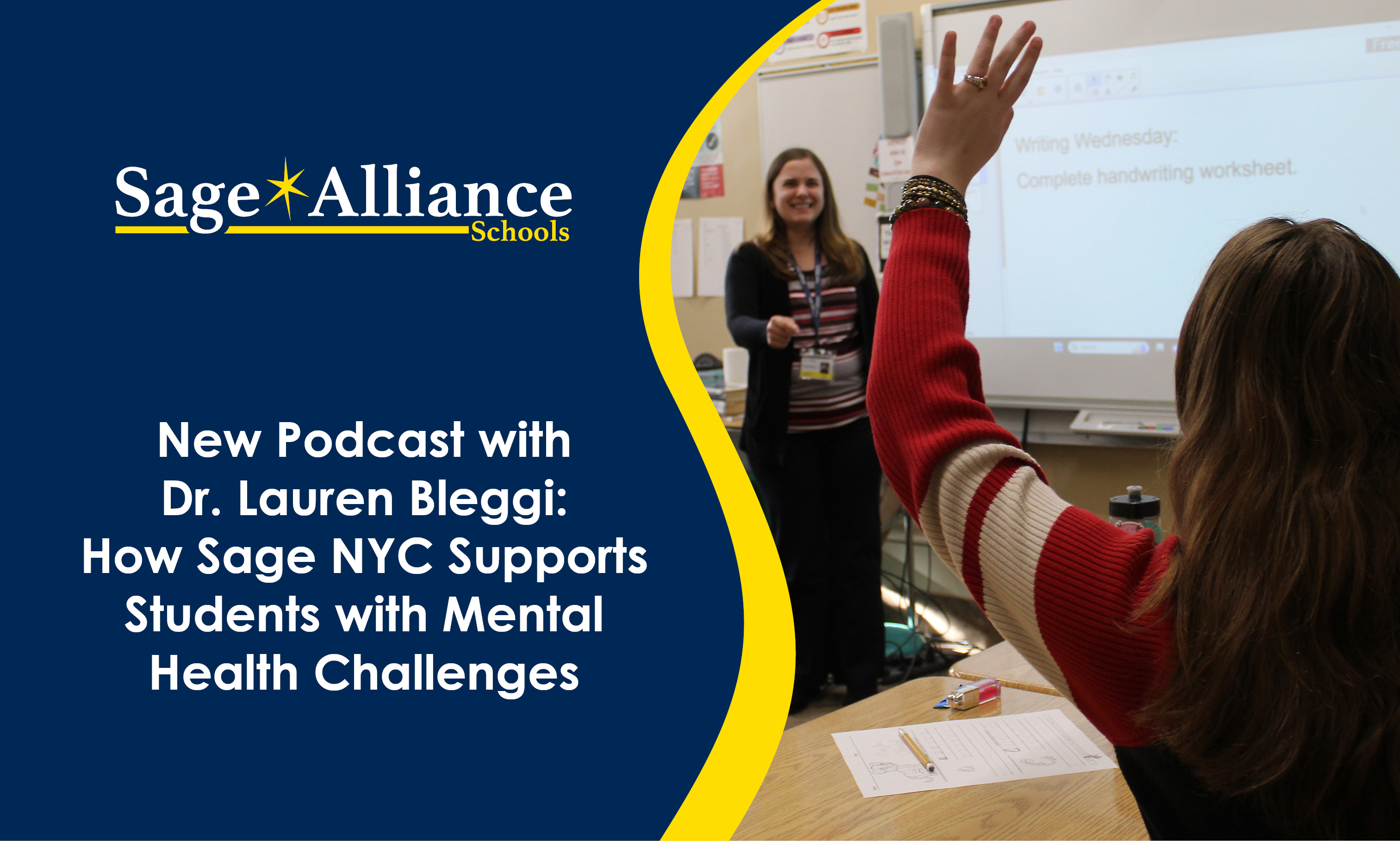Supporting Students Who Self-Harm
Posted: February 09, 2021 | Written By: Sage Day | Category: Emotional Health

We all have ways of trying to manage the stressors in our lives. Some are constructive in nature, such as working out, meditation, and talking with qualified professionals, while others can be destructive in nature, including drinking, drug abuse, and self-harm.
One of the most disconcerting things we can witness in the classroom includes a student intently picking at their fingers, having fresh bruises, or having fresh cuts. When we ask the student about these injuries, he or she may give us an evasive or half-hearted answer, or deny their existence. The next day, the embarrassed student may come into class covering up the area in question.
Non-suicidal self-harm is when a student will cut themselves, burn themselves, break bones, pick, or in any other way do something to their bodies to alleviate their internal pain. According to experts, students who engage in self-harm are trying to manage some internal pain that they are experiencing in their lives.
At Sage Day Schools, we encourage students to use their words rather than going to a razor or whatever else they use to express themselves. Gail D’Aurelio, the Sage Day Boonton Clinical Director, says, “Frequently, students do not feel comfortable talking about what has transpired, which brings us to why do they do it in the first place? Is it trauma based? Has a student been sexually harmed? Abused? Is there violence in the home? Has a student experienced chaos? It could be any number of reasons, and they are feeling so overwhelmed, hurting so much inside that they would rather physically hurt themselves rather than feel that internal pain that they are experiencing.”
It’s important for educators to do one thing: remain calm and handle the issue privately so as not to bring undue attention to the student, which in turn may cause them to withdraw or to engage in even greater self-harm.
The very first thing educators should do is to administer first aid and assess the injury in a calm manner. Ensure that there is not a dangerous and/or life-threatening situation that needs immediate medical attention. The next step is to assess what has happened to the student: what happened, where did it happen, how did it happen? Is the student suicidal?
Self-harming behavior does not mean that a student is suicidal. Compassion is the key to addressing the issue with the student by asking clarifying questions to see if in fact these are legitimate cuts and bruises or if they are self-inflicted.
Classroom teachers should trust their instincts when they’re interviewing the student: if the student’s answer sounds evasive or seems completely out of character, it’s important to contact the school’s physical and mental health professionals immediately before things escalate. From there, the professionals should assess the risk to the student and decide on a plan to best help the student, which includes parental involvement.
Due to the possible ongoing nature of self-harm, it is important that the student is assessed by medical and mental health professionals on a regular basis. These assessments should never be presented or viewed as something punitive.
If the school does not have a self-harm protocol in place, it’s incumbent upon the school to develop one as soon as possible. School personnel should follow the protocols that have been developed. When in doubt, call 911 – it is better to be safe than sorry.
Want to be notified of new articles and resources from Sage Alliance? Click here to submit your email and opt into our newsletter.









